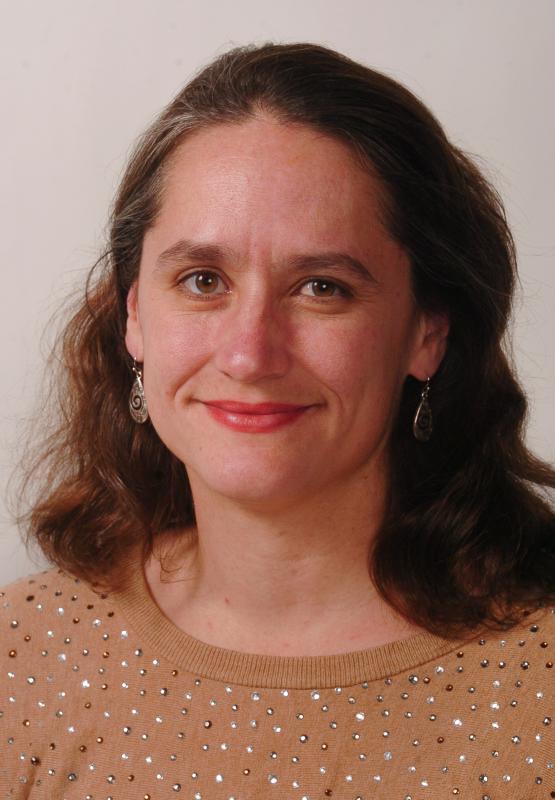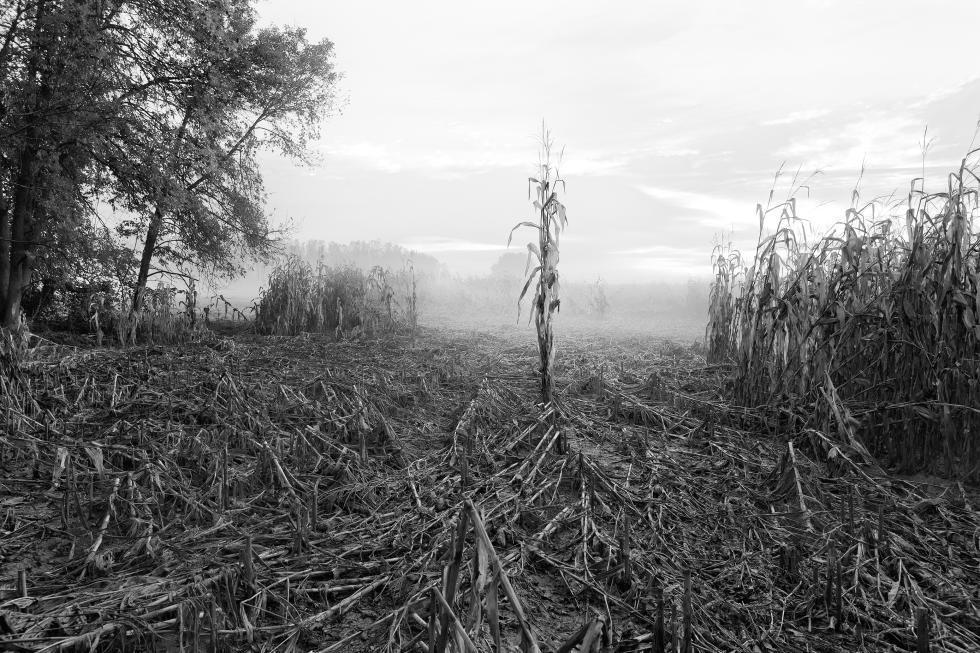By Naila Moreira
The Meadows are one of my favorite places to walk, daydream, write, and watch nature change in its numberless daily ways. A swath of agricultural land between Northampton’s downtown and the Connecticut River, they’re within easy walking distance of my home.
Wandering the Meadows, I regularly see red-tailed hawks, bald eagles, and northern harriers – long-winged predators that swing to and fro like giant boomerangs over the long grasses. There, I like to sit on the root system of a huge tree that juts from the riverbank, and watch small boats chug slowly past the Holyoke Range.
I was pleased to discover a new book of photographs of my walking haunts: The Meadows, by Stephen Petegorsky, available at Broadside Books. Petegorsky, a local photographer who has taught at Amherst, Smith, and Hampshire colleges, has collected black and white images over more than two decades of walking the Meadows with his dog, Milo. I felt eager to see how my eye would compare to Petegorsky’s on these same expanses.
I opened the book, clean and slender to the hand, a photo of a lonely half-shorn cornstalk like a sentinel on its front cover. And I plunged into a strange landscape.
In Petegorsky’s images the Meadows become alien, fey, wild. Ploughed fields make stark lines receding to infinity. Vines and tree trunks turn to abstract shapes, a chiaroscuro of curves. They snatch and grab, seeming to appropriate the space for themselves. In one picture, only the hazy spine of the mountains emerges from a delicate fog that obscures all else. The viewer could be standing anywhere on earth, in a silent, unpeopled landscape.
Petegorsky seems fascinated by decay. The corpses of animals, foundering into the soil, make up a number of his subjects. Captured mid-process in becoming part of earth once more, they are symbols of the cycle of life and death. How Petegorsky discovered so many dead creatures was at first a mystery to me. In all my exploring, I’ve seldom found more than a bone — a skull maybe, or a femur, of some animal worried at and eaten by hungry scavengers seeking an easy meal. But I reflected that Petegorsky went about his project over twenty-five long years. Moreover, he walked with a dog, those master finders. I wondered how many of his photographic subjects Milo found for him. When I walk the Meadows, I must be my own hound: I must be eyes, and ears, and sense of smell. To spot the birds and beasts I love to see, I must be alert to every motion, every shadow.
Such shadows dominate Petegorsky’s images, a tenebrous world of mists and hidden places.
I remember, speaking of alertness and of dogs, the coyote I once met in the Meadows. The corn lay shorn and short. I looked up to find that rangy animal, the size of a German shepherd, staring at me from the center of the dirt road. He gave me a long, unconcerned look, standing maybe 100 feet away, thin as a rail, as tall as my waist, his legs long and lanky. Then he trotted off across the cornfields, dignified, unhurried. No doubt he was strong enough to tear me limb from limb. But he was a wild creature, concerned with his wild world and not with me, this intruder from a human universe irrevocably divided from his own.
All the attentiveness in the world can’t fully shatter that barrier — the one that stands between nature and modern man. We are held apart. No photo can pierce those secrets. The vines, the shadows, contort themselves like a cage around what we cannot penetrate.
One of Petegorsky’s images seems to come close, though. It’s a photograph of his dog, titled “Milo Wet, Looking Down.” Milo has muddied his snout and front paws in a puddle, and he’s bedraggled, matted with water and mud. He thrusts his muzzle forward, his paws planted at the top of a crevassed dirt slope. The photo takes a close view: the dog dominates the picture, and we can’t see what Milo sees, only his attention, his stance, ready to plunge downward.
And for just one moment the stink of the natural world comes through the paper to us. We can smell the dirt and wilderness into which the dog has thrust his animal nose. We can imagine the scent of small hot animals wriggling through tight brush, of voles and mice and skunks and rabbits and the leftover tracks of foxes and weasels. We can feel the dirt flying of a dug-into hole. Through Milo, briefly, we can breach the divide between tame and wild.
If I have one reservation about Petegorsky’s images, it’s how stylized they are. I hardly recognize, here, the Meadows of my acquaintance. I miss that intimate, familiar and pastoral environment in these austere reflections.
But Petegorsky’s photos remind us what lurks around us if we’re willing to look past the veneer of civilization that we human beings often drape over our experiences of nature. In the tight coil of a tendril, in the secret mirror of the river, in the tooth of a dead possum, in the hungry hands of earth rising to take that possum back — even in the familiar, we can return to a primal alchemy of wilderness.•
Naila Moreira is a writer and poet who often focuses on science, nature and the environment. She teaches science writing at Smith College and is the writer in residence at Forbes Library. She’s on Twitter @nailamoreira.




